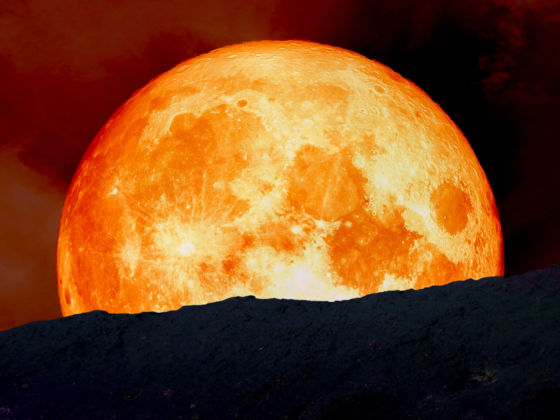Eclipse fans, mark your calendars. On the night of July 27th and morning of July 28th, people in the Eastern Hemisphere will have the chance to see the longest lunar eclipse that has occurred so far in the 21st century. According to astronomers, the total eclipse will last one hour and 43 minutes, with the partial eclipse — occuring before and after the total eclipse phase — lasting for three hours and 55 minutes.

The Longest “Blood Moon” of the 21st Century Is Coming in July
A lunar eclipse is caused by the direct alignment of the Sun, Earth, and Moon, when the Moon’s orbit brings it directly into Earth’s shadow. Since the Moon is set to pass into the darkest region of the Earth’s shadow, known as the umbra, this particular eclipse will also give the Moon a reddish color, making it a “blood moon.”
The July eclipse will also happen at the same time as the Moon’s apogee — when the Moon hits its furthest point from Earth in its monthly orbit. This means that the moon will take more time to pass through Earth’s dark shadow, making the eclipse last longer.
The total eclipse will begin at 7:30 PM UTC and end at 9:13 PM UTC, with the peak occurring at 8:22 PM UTC. And if that wasn’t enough to satisfy your thirst for astronomical phenomena, just a few days after the eclipse, Mars will pass by Earth at its closest point since 2003 and will be visible to the naked eye on July 31st.
H/T: Insider